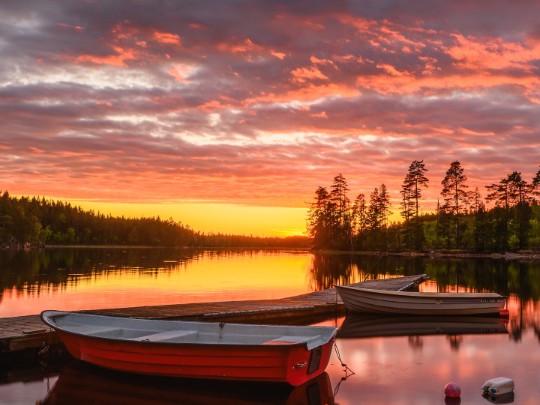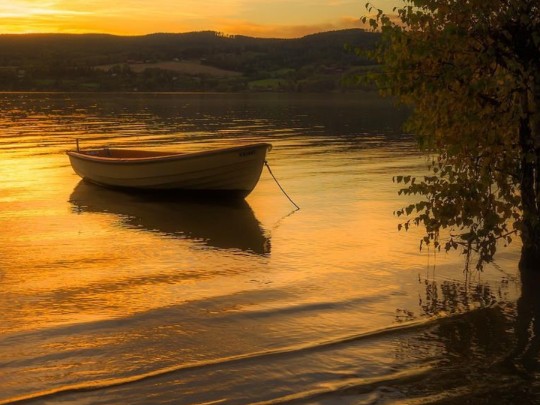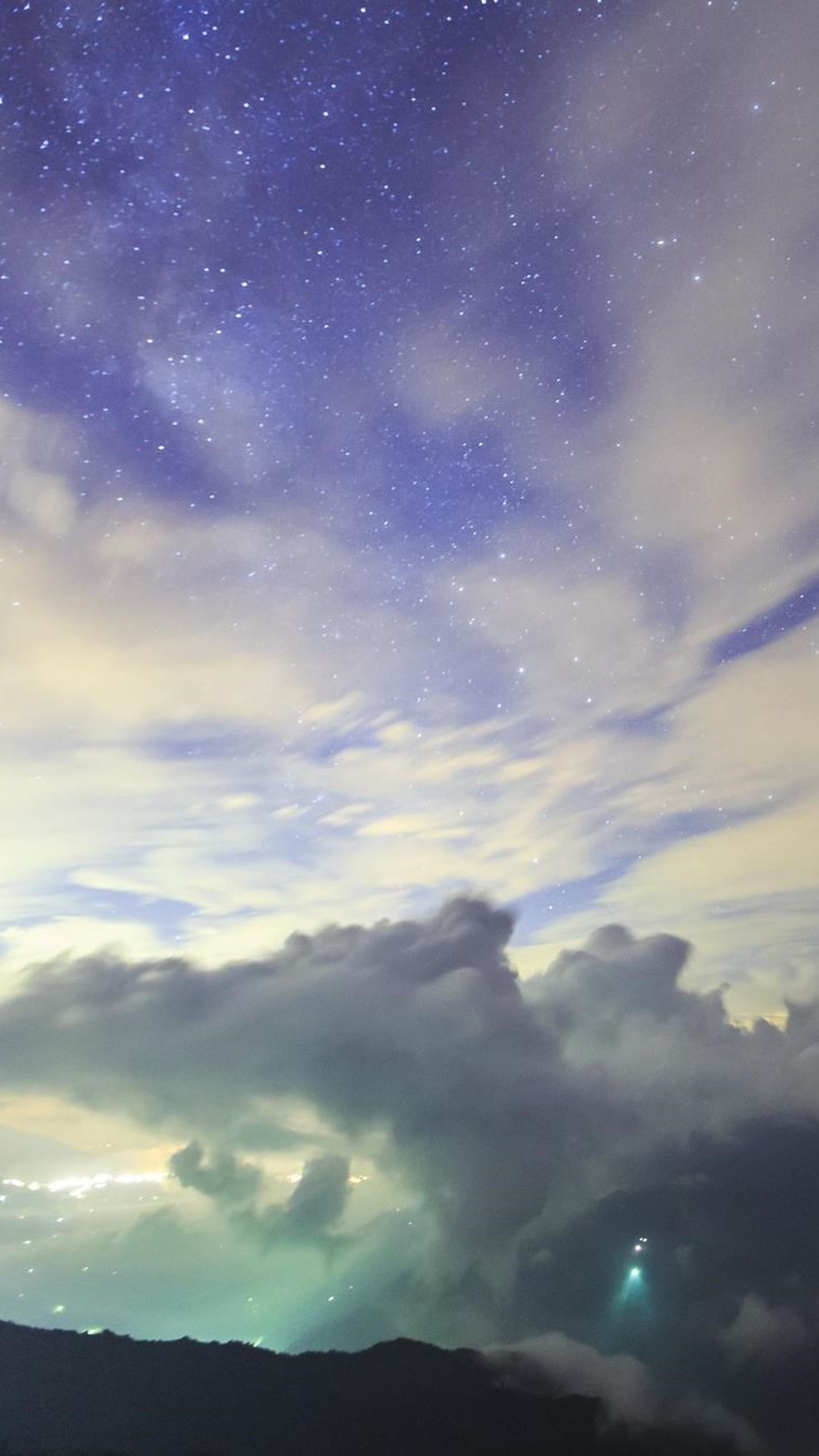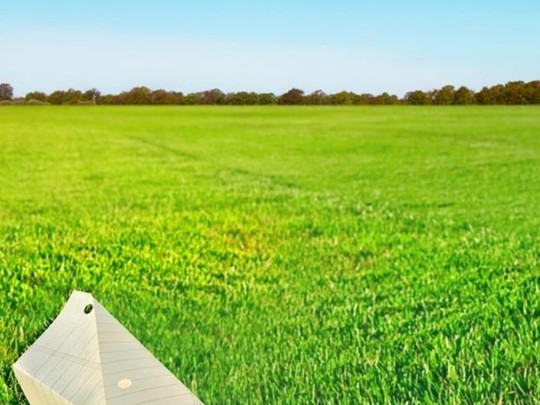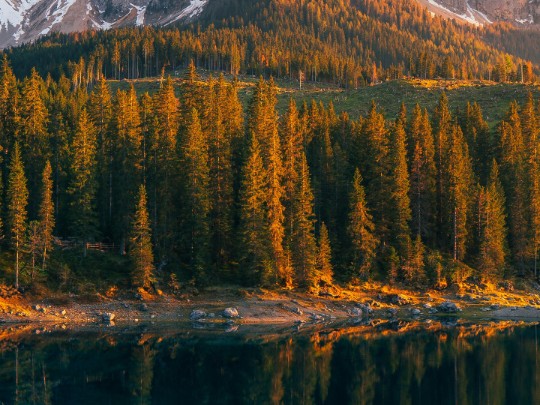Painting the Night: A Photographer's Guide to Stunning Highway Light Trails
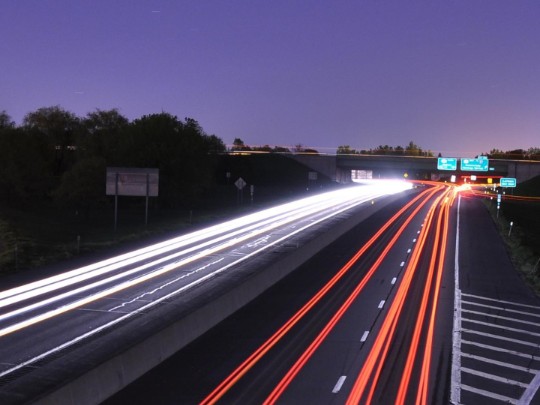
There's an undeniable allure to the ribbons of light that streak across a dark highway – the captivating phenomenon known as highway light trails. This mesmerizing effect, born from the movement of vehicles, transforms a simple road into a vibrant work of art, and it's a favorite subject for photographers seeking to capture the energy and beauty of the night.
The Magic of Long Exposure
The key to photographing light trails lies in the technique of long-exposure photography. This allows the camera to gather light over an extended period, turning the fleeting movement of headlights and taillights into luminous streaks. It's a process that blends technical skill with artistic vision, resulting in images that are both striking and evocative.
Essential Gear & Planning
Before you head out, a little planning goes a long way. Here's what you'll need:
- Tripod: Absolutely essential for keeping your camera perfectly still during long exposures. Any movement will blur your image.
- Camera with Manual Mode: You'll need full control over shutter speed, aperture, and ISO.
- Location Scouting: Look for a spot with a clear, unobstructed view of the road. Consider the angle – a slight elevation can add drama.
- Remote Shutter Release (Optional): Minimizes camera shake when pressing the shutter button.
Mastering the Settings
Experimentation is key! Here's a breakdown of settings to consider:
- Shutter Speed: This is the most crucial setting. Start with 5-10 seconds and adjust based on the traffic flow and desired trail length. Longer shutter speeds (30 seconds or more) can create incredibly dramatic results, but require a very dark location.
- Aperture: Generally, use a smaller aperture (higher f-number, like f/8 or f/11) for greater depth of field and sharper trails.
- ISO: Keep ISO as low as possible (ISO 100 or 200) to minimize noise, especially in long exposures.
- White Balance: Experiment with different white balance settings (like Tungsten or Fluorescent) to achieve the desired color cast.
Beyond the Technique: Capturing the Feeling
Photographing light trails is more than just about getting the settings right. It’s about connecting with the scene, feeling the rhythm of the road, and capturing the energy of the night. Think about the story you want to tell: is it a sense of movement, a feeling of isolation, or the relentless passage of time?
The Enduring Appeal
The beauty of highway light trail photography lies in its ability to transform the mundane into the extraordinary. These images are a testament to the power of photography to find beauty in unexpected places, and to capture the essence of journeys, connectivity, and the ceaseless flow of life along our highways. So, grab your camera, find a dark road, and start painting the night!

